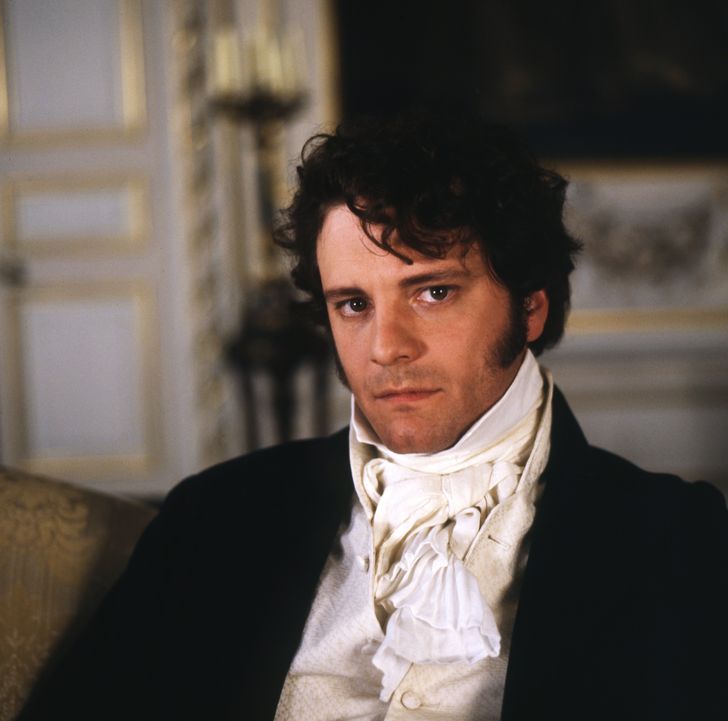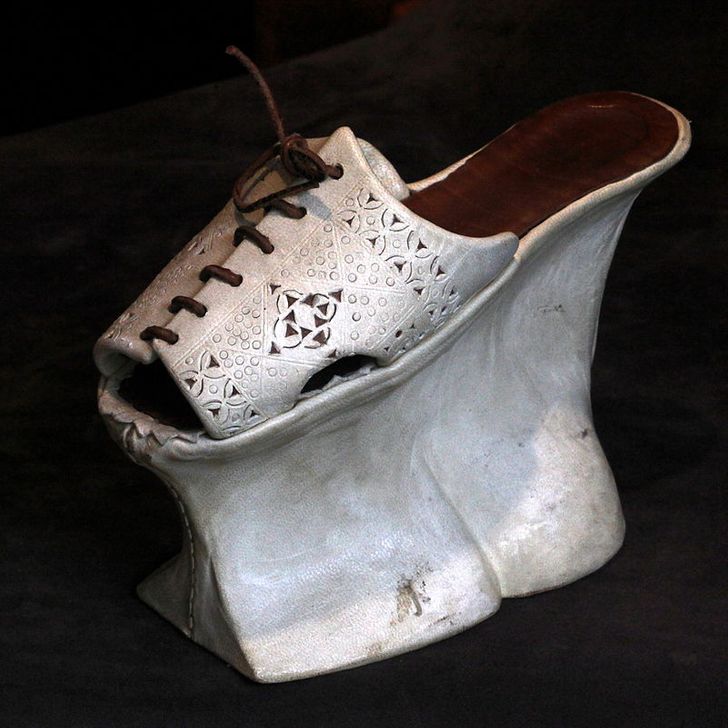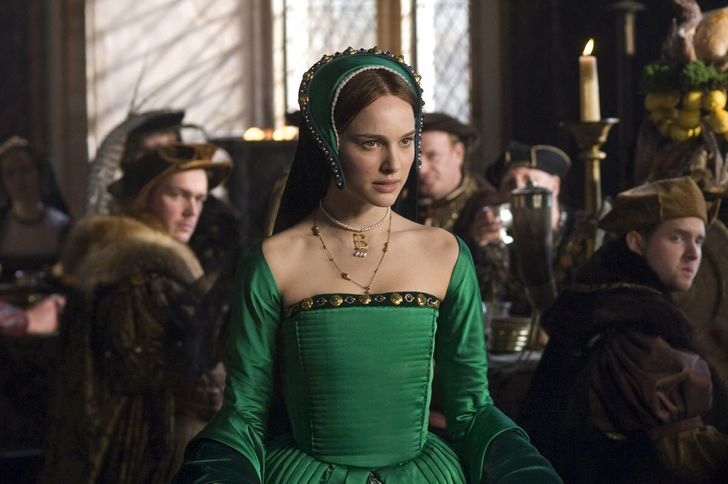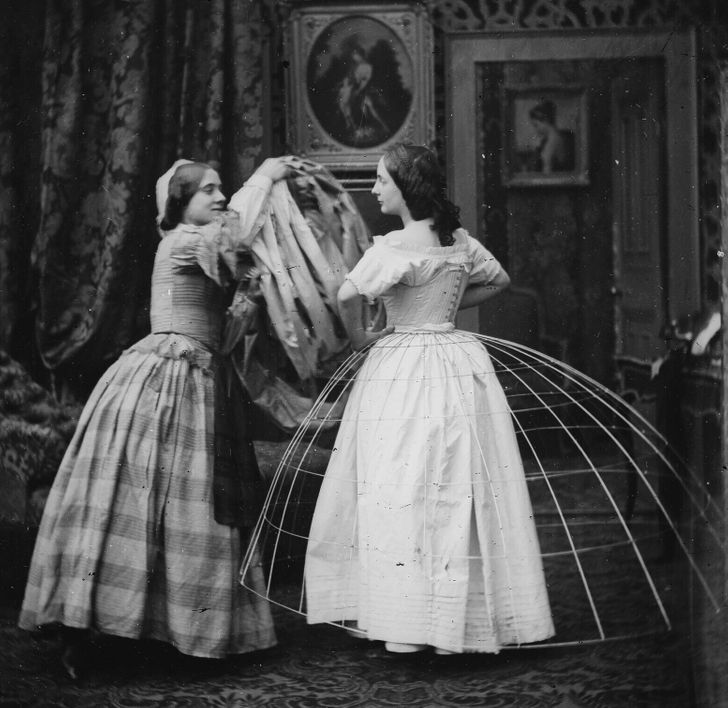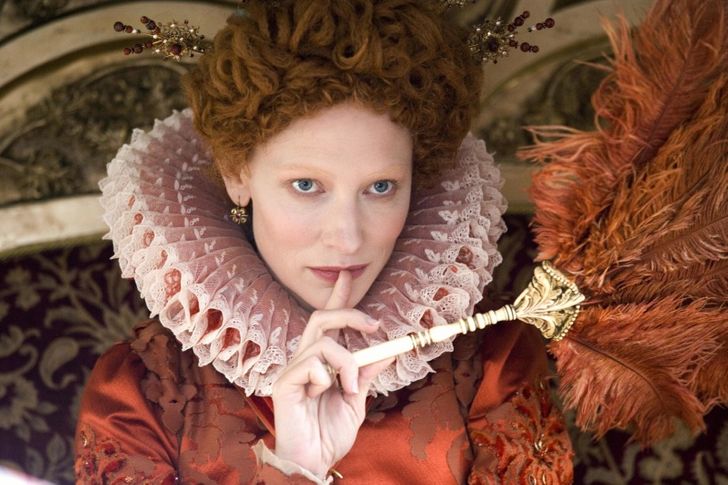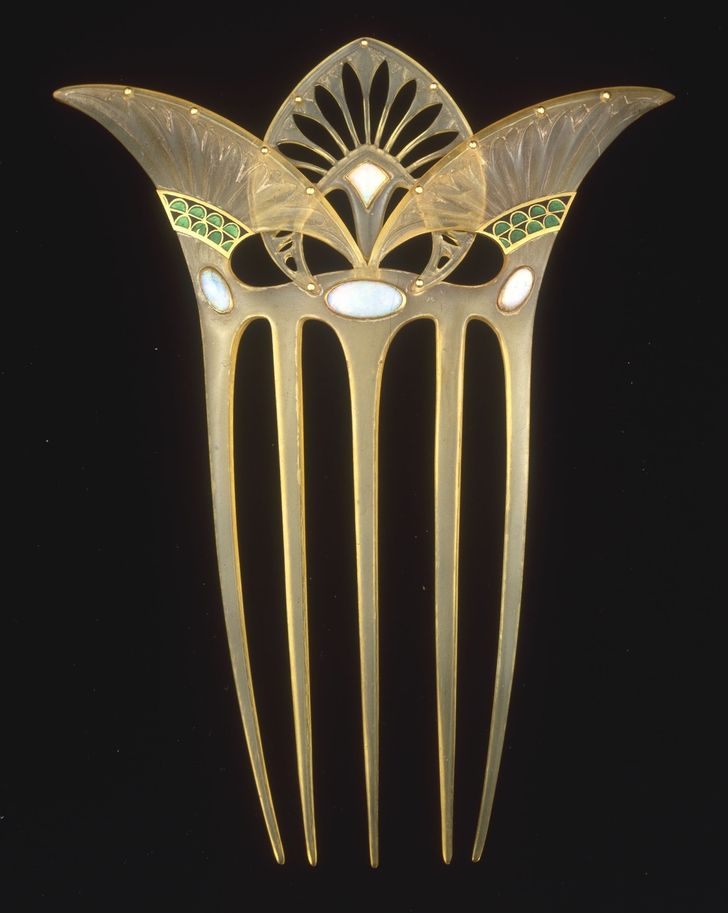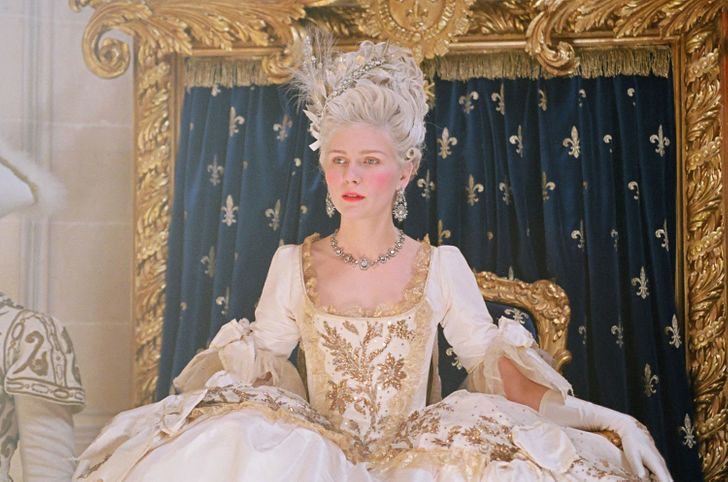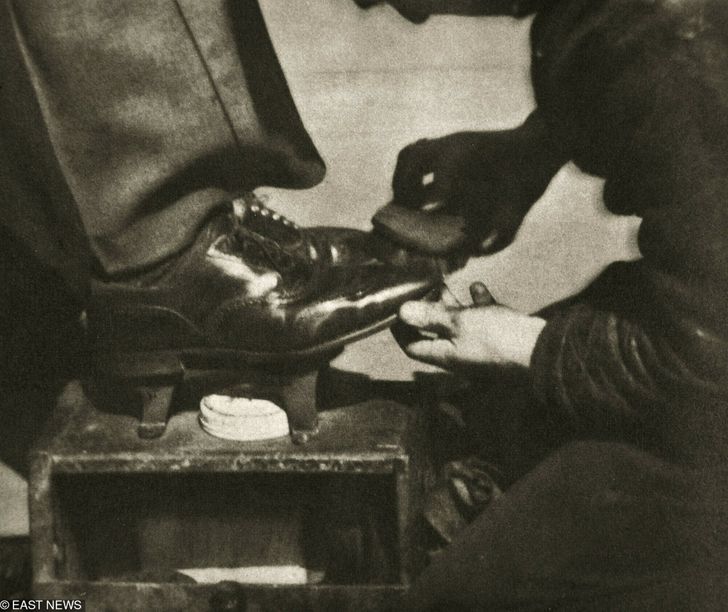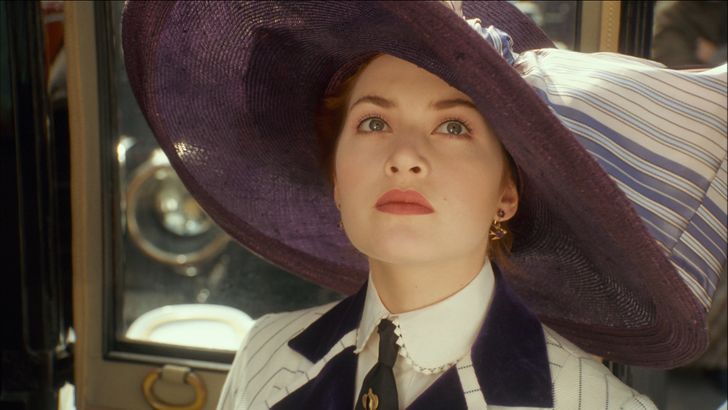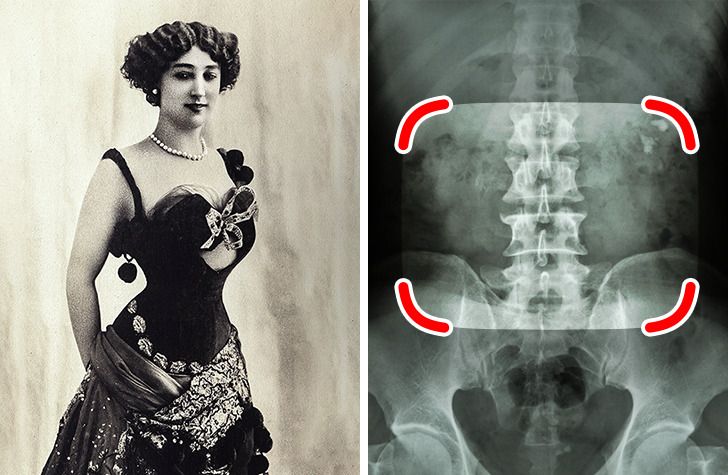That is some very tired misinformation about corsets.
10 Fashion Trends of the Past That Show How Far Some People Would Go for Beauty
People have always wanted to look attractive. In fact, back in Ancient Egypt, men and women alike painted kohl around their eyes to make them look larger; and in Ancient Greece, they used soot to make mascara. With the development of knowledge and technology, fashion was advancing too, resulting in inventions even more unusual and dangerous.
Bright Side decided to check out the fashion trends of the past. We learned quite a few things about what our ancestors thought was attractive, and we felt really lucky to be living in the comfortable twenty-first century.
Starched collars
It was really difficult for the gentlemen of the nineteenth century, as men’s fashion at the time required them to wear a collar. But these narrow starched collars were so stiff, they could cut off the blood supply to the carotid artery, so men simply couldn’t breathe.
Chopines
Chopines were really popular in Venice, and they brought about lots of trouble for their Italian owners. Initially, the purpose of chopines was to protect women from dirt in the streets and reveal the high status of whoever was wearing them. But they weren’t very practical. Women needed help from their maids or husbands to walk in them, and some shoes were as high as 20 inches.
Green dresses
Even the trendiest women of the eighteenth century had to live without green clothes since there was no green pigment at the time. But the problem was solved by an accidental invention of a German man, Carl Wilhelm Scheele, who tried to mix copper with arsenic. The result was amazing: an emerald green color that was really saturated and shiny.
Soon after that, all the meetings of noble people had lots of green in them. The clothes, the decorations, the wallpaper, and even children’s toys — all these things were painted with this new color. But for some reason, more and more ladies wearing green started having to go to doctors, and the green wallpaper in Napoleon’s room eventually led to his poisoning. Only in the nineteenth century was the pigment discovered to be poisonous. Since then, it’s only been used as a pesticide.
Crinoline
Crinoline is a structured petticoat designed to hold out a woman’s skirt, and women were wearing them not all that long ago. The materials used in crinolines helped keep men at bay, hide various body flaws, and could even conceal pregnancy. But crinolines also had some downsides: women often couldn’t get into chariots, they’d get stuck in doorways, and they’d even accidentally catch fire if they were near a fireplace.
Rags for missing teeth
During a time when all dentists could do was remove teeth, people invented a way to hide the fact that they didn’t have all their pearly whites. We know that Elizabeth I appeared with rags behind her cheeks in public so that no one could tell she had dental problems.
Celluloid combs
Celluloid combs were trendy among women of the lower class in the twentieth century. Celluloid combs were light, cheap, and really dangerous since they could catch fire in direct sunlight.
Fontange
This incredibly trendy, eighteenth-century hairstyle was simply a ponytail, but fashion turned it into a big construction of hair, carcass, and lace.
In the Enlightenment period, women would put egg yolks on their hair to fix the style better. Even though this hairstyle was good-looking, over time, the eggs would start to smell bad, so women had to use perfume to get rid of the unpleasant odor. However, they still had to sleep in a seated position with such hair.
Poisonous shoes
Big hats with pins
At the beginning of the twentieth century, women adored big hats that would attach to their hair with special pins. But the pins were sometimes 30 cm in length. The sharp tip of the pin could easily scratch other people in the crowd around them, but many women used the pins to protect themselves in case of danger.
Corsets
Deformations of the chest, compression of the abdominal organs, muscle atrophy, and restricted breathing were things that most trendy women had to endure in order to have the thinnest waist. Fortunately, a French woman, Herminie Cadolle, invented the prototype of the bra as we know it today, and the world stopped wearing really unpleasant corsets.
What’s more important to you — beauty or health? Do you think it’s possible to find a balance between these 2 things?
Comments
I agree
Related Reads
“He Has a Good Plastic Surgeon,” Mike Myers Leaves Fans Shocked in Rare Appearance

10+ True Stories With More Crazy Twists Than a Hollywood Thriller

11 Onscreen Couples Who Had No Chemistry No Matter How Hard They Tried

17 Witty Comeback Stories That Prove Good Will Always Triumph Over Evil

16 Stories About Parents Who Know How to Drive Their Kids Crazy

19 People Who Weren’t Afraid to Change Their Appearance and Became Even More Beautiful

Reddit Users Shared 20+ Petty Reasons for Why They Refused to Date Someone

16 Womanly Traditions From the Past Generation That Should Be Forgotten Forever
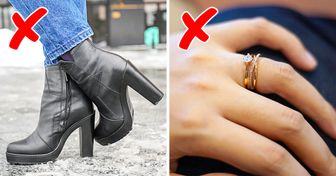
14 Astounding Facts About Japan That Prove a Parallel Universe Does Exist

I’m Not Letting My Daughter Share a Room With Her Older Stepbrother

I Turned My Stepdaughter’s Room Into My Gym — It’s MY House Now

10 True Stories So Disturbing, They Could Be Movie Plots

